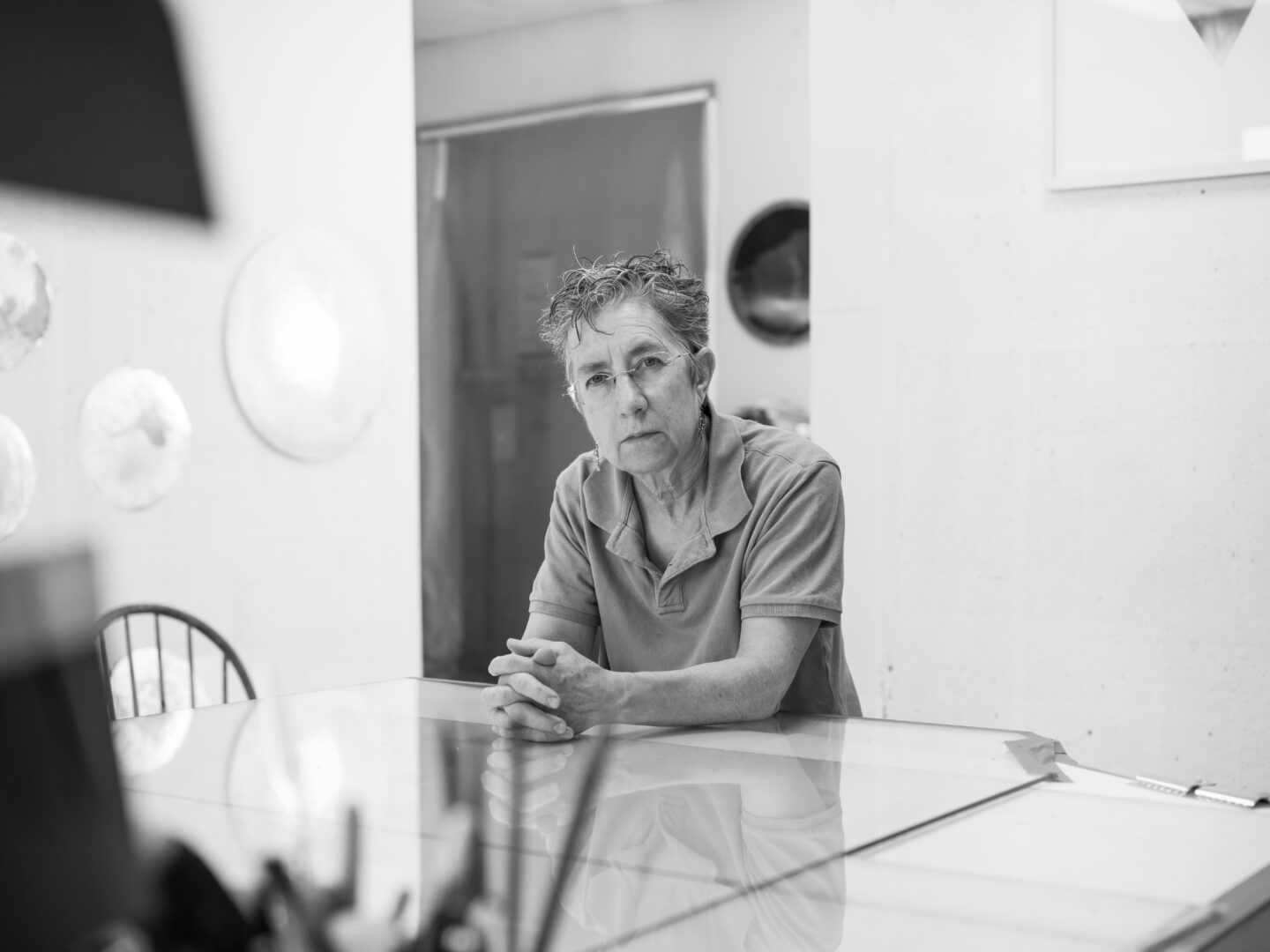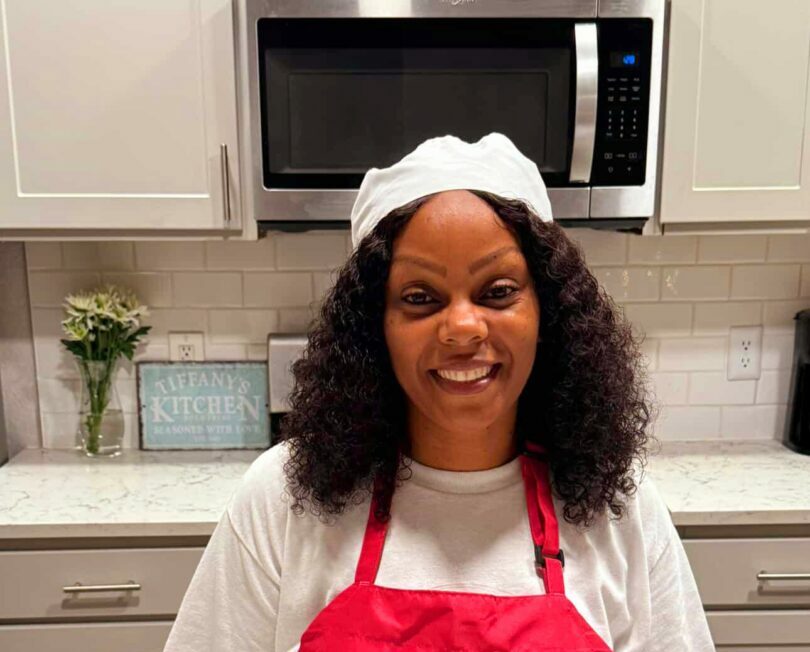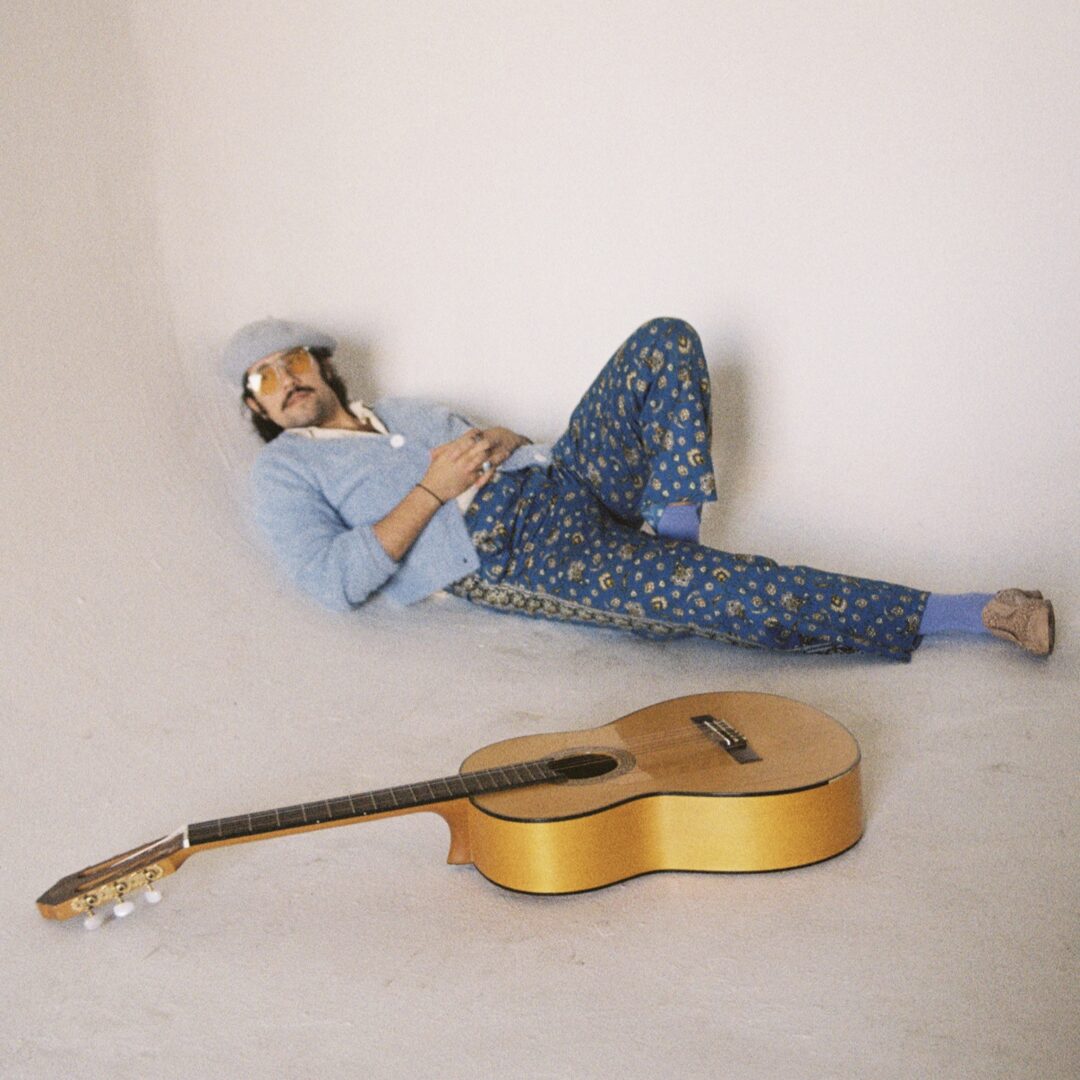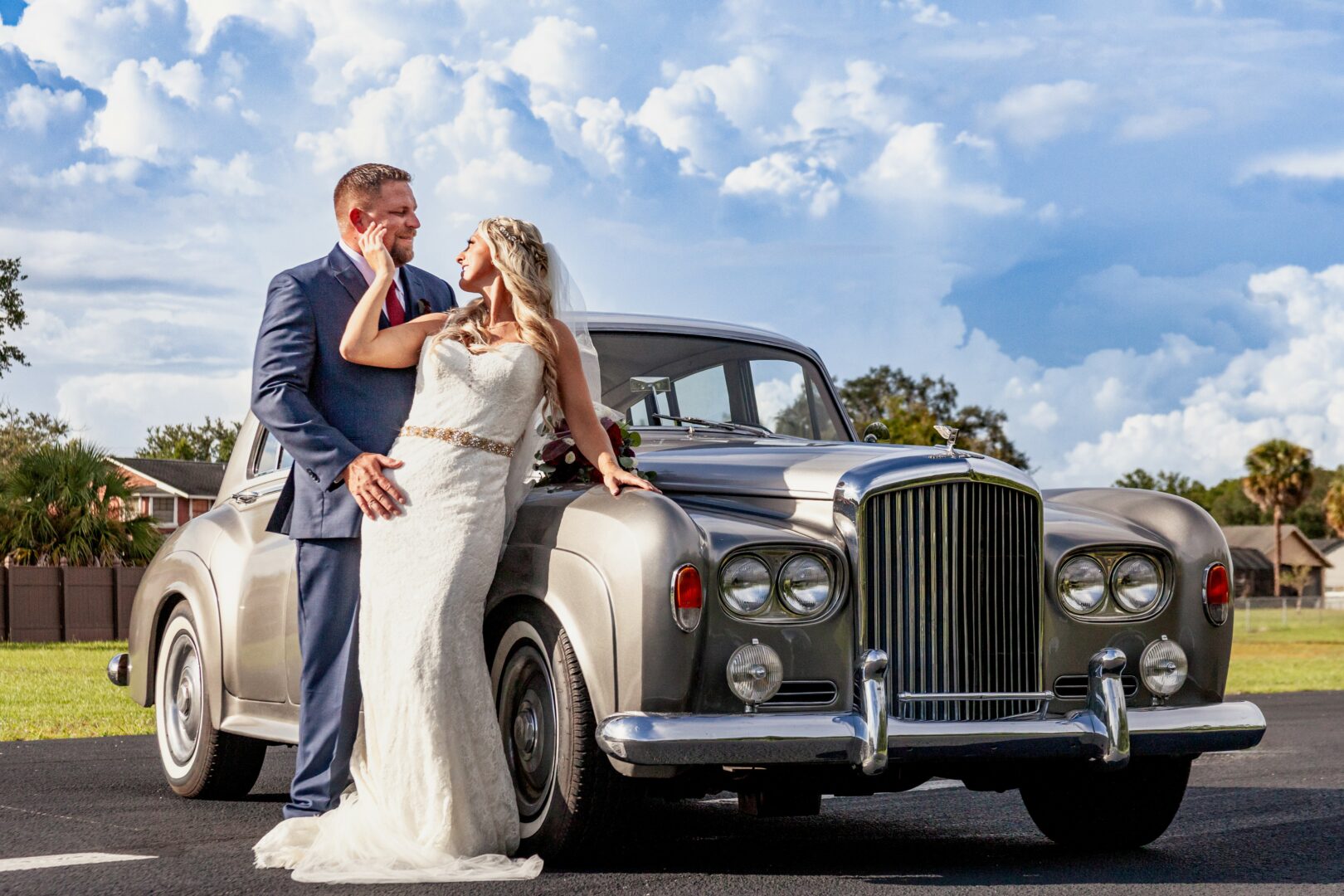We caught up with the brilliant and insightful Karen Fitzgerald a few weeks ago and have shared our conversation below.
Hi Karen , thanks for sharing your insights with our community today. Part of your success, no doubt, is due to your work ethic and so we’d love if you could open up about where you got your work ethic from?
I was born and raised on a family dairy farm in the Midwest. From an early age, we all had chores to do. I liked being outside; my parents gave me chores that helped my brothers. As I got older, I worked alongside them. When I was young, playtime depended on chore time. Getting the garden weeded came before playing. These were wise and efficient lessons to learn at an early age.
Farming is weather-focused. The old adage, make hay while the sun shines, is true. A lot of farm work has to be done when the weather is right. When we were haying, I would unload the wagon, putting bales on the elevator that took them up to the mow where my brothers stacked them. It was hot, exhausting work. I have a number of memories: sitting on a wagon of hay waiting for the milking to be done so we could unload it; the sky clouding up with heat lightening.
My Dad farmed with horses. He liked how straight the corn rows were when he planted using his team. During the winter, he select cut timber for veneer contracts, using the team where the tractors could not go. I had a pony, a poor starved mean little thing when we got him. When I was 10 I taught him to carry me by riding him around in 3′ snow drifts – too deep for him to buck me off. One of my chores was to get the cows at milking time. I’d ride back to the swamp and bring the cows up.
Sometimes, work feels like work. Most of the time, it doesn’t. It’s simply what needs doing; same thing as farm chores.
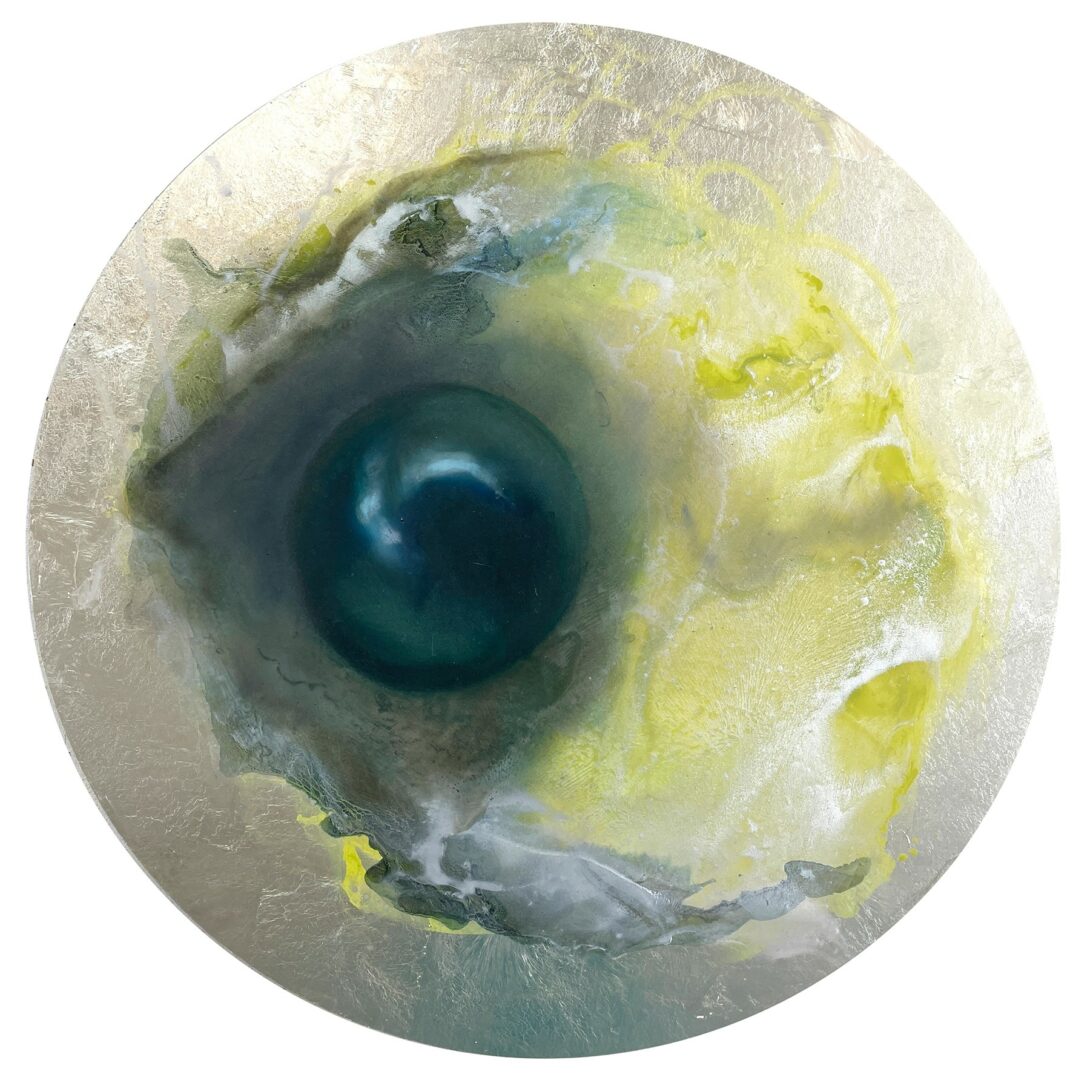
Thanks for sharing that. So, before we get any further into our conversation, can you tell our readers a bit about yourself and what you’re working on?
I’ve been an artist all my life. I left home at 18 to study fine art and have been a professional artist since then. I studied in the Midwest, then moved to New York City when I was 25, and have lived and worked here since. 2 dimensional work is my specialty.
In 1988, I abandoned working on the rectangular form. I’m often asked why I work in the tondo form. There’s a distinct otherness to it, worldly yet other-worldly. This form is pre-loaded.
“The circle is a symbol encompassing all space and time, divine unity, and the Goddess. It is also the enso of Zen which represents elegance and enlightened fulfillment. The circle is a nearly universal symbol of the sacred wheel of life/death/rebirth; it is blessed by the presence of Divine Mystery.”* (*-Beth Owl’s Daughter)
I have always asked my work to go further, to go to the edge. Once there, the view is doubled: to the right something unknown. To the left, something vaguely recognized. The inbetween zone encourages a discussion between matter and spirit. One of the dissolving qualities of being human is our capacity to inhabit the inbetween, to be cognizant of both matter and spirit.
The language of form in these paintings connects the dots to the spiritual realm through the energy of all things physical. Energy is the bridge between the physical and the spiritual. Light, particularly, calls our senses to the presence of that which is metaphysical. This work is making space for the voice of spirit.
I use fluid media—watercolor, thinned oil paint, mica. These layered surfaces are luminous and subtle. This way of working demands that I step back from my intentionality and trust the process, giving voice to the materials I am using. I incorporate gilding with precious metals as a way of adding to the “other-worldly” quality I am seeking.
The relationship of matter and spirit is at the heart of my work. The physicality of the earth is tangible and real. Another dimension is indelibly linked to that materiality, one that is experienced though it cannot be measured or delineated. That elusive relationship between matter and spirit has been explored extensively in verbal form—poetry, philosophy, metaphysics—and those texts are essential touchstones in my work. Finding forms to translate that awareness into visual language is an essential commitment in my work.
In August, 2024, I completed phase 2 of a community collaborative mural on the upper West side of Manhattan. Located at 84th Street and Amsterdam Avenue, NYC, the project was produced by CITYarts. I collaborated with students and staff at the Urban Assembly for Green Careers high school. We identified content that fit the theme, Always in Bloom. The mural is located in a school garden where students learn about regenerative agriculture, composting, raising chickens, and keeping bees. The mural is 54′ tall x 23′ wide; phase one is 40′ wide x 15′ tall.
Working with Connie Lee of Art Lives Here NY, we are currently presenting an exhibition titled Art Lives Here: Collecting. The exhibit features 52 artists and over 200 artworks. Presented at Westbeth gallery, NYC, the exhibit is designed as an art fair. Connie curated the project, a team of 3 (Alison Cuomo, Jim Richards, and myself) produced it. I am presenting 4 paintings including a large oil painting from 2000, “Pearl.” The exhibit opened on August 28, 2024, and runs through September 15, 2024. More information can be found here: https://www.artlivesherenyc.org/
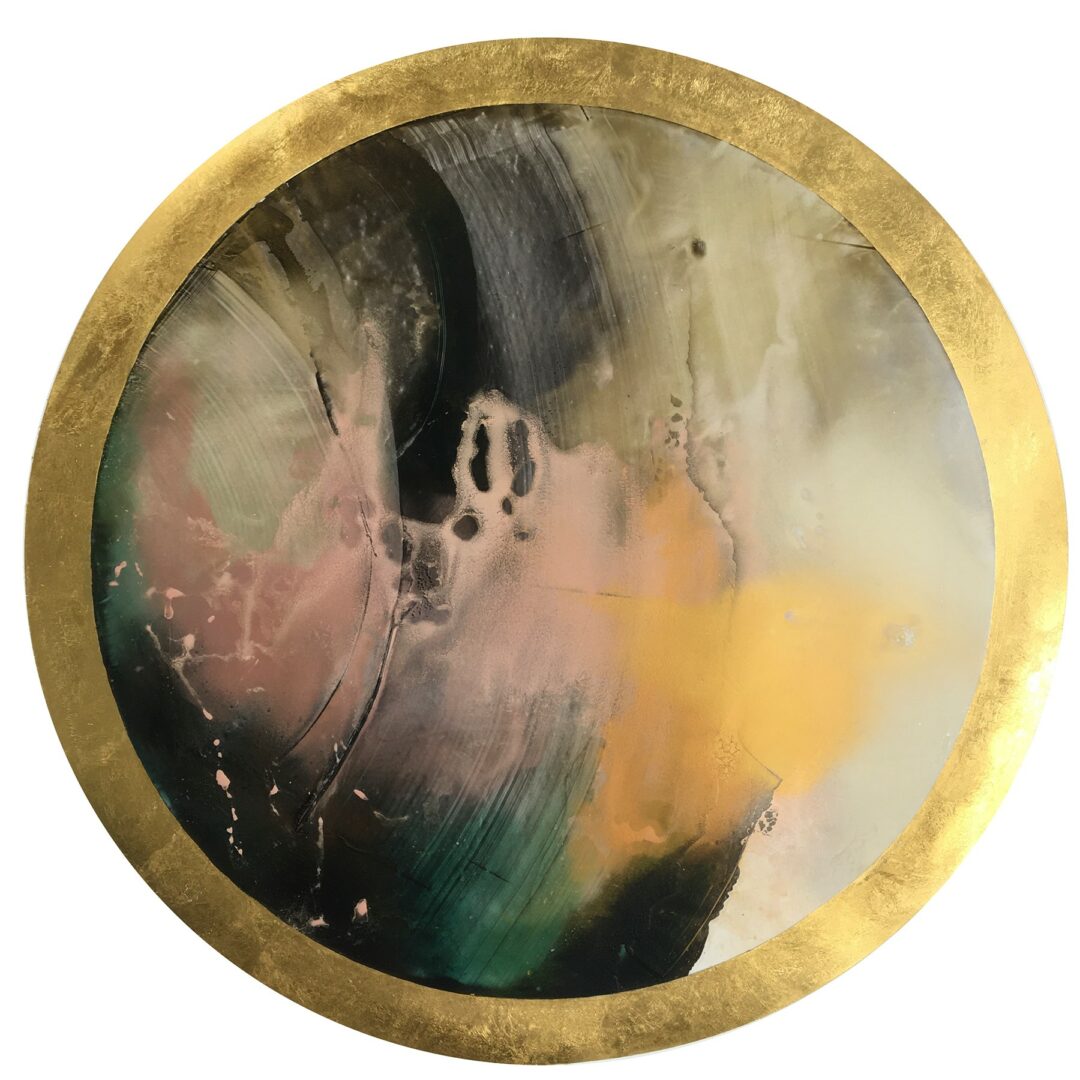
Looking back, what do you think were the three qualities, skills, or areas of knowledge that were most impactful in your journey? What advice do you have for folks who are early in their journey in terms of how they can best develop or improve on these?
Being curious is a powerful skill in this industry.
Persistence is required.
Being kind, generous, and cooperative are essential.
I might also add, do your homework! One of the most important baselines of knowledge in this industry is art history. It’s fundamental to know the history of art, to understand how this great conversation has unfolded across time. We live with an unspoken mandate to innovate. That’s a market mechanism, and very hard to accomplish if one doesn’t know the context of what’s come before.
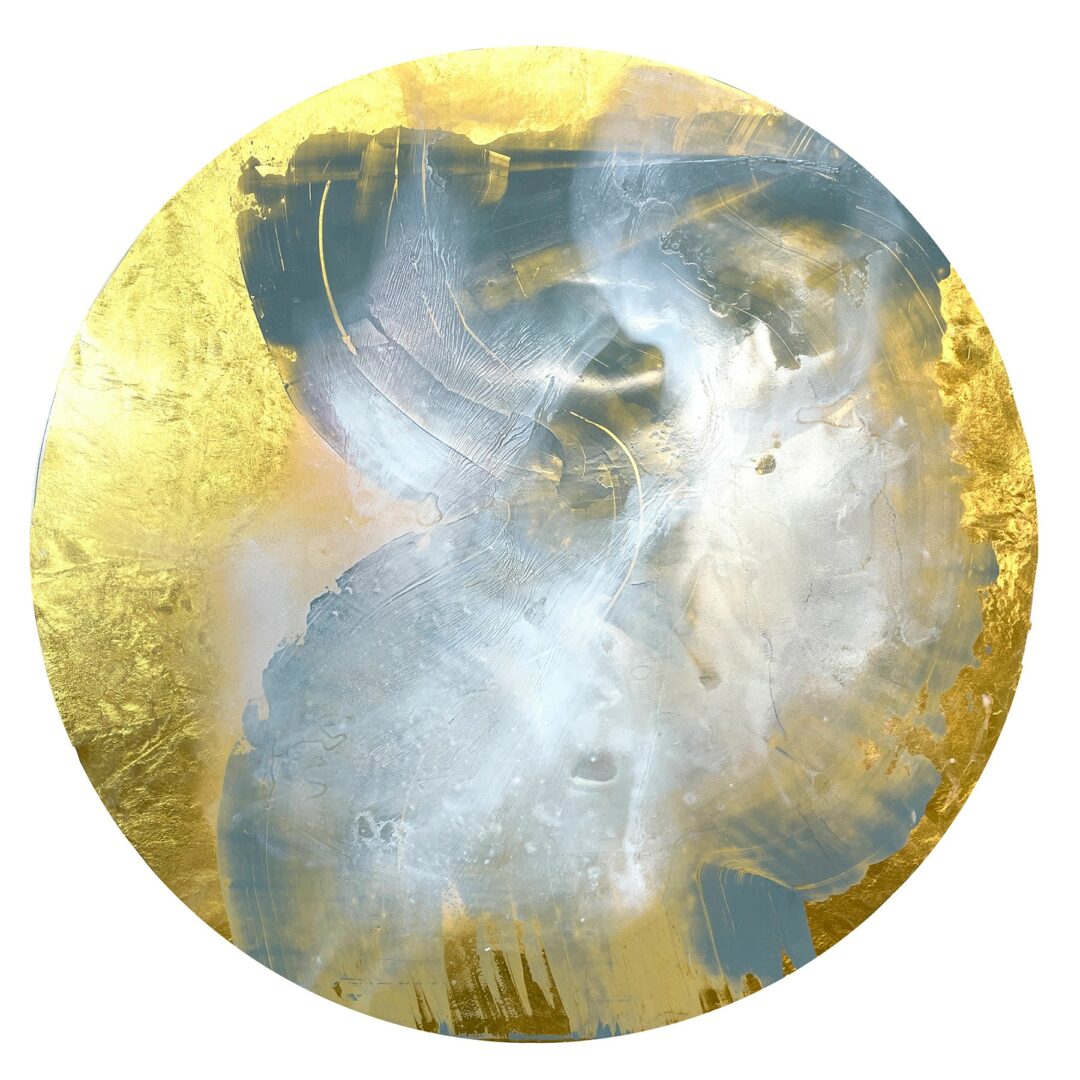
How would you spend the next decade if you somehow knew that it was your last?
The main challenge most independent artists face is gaining traction in the market place. The gallery system serves only a small portion of artists. The most important thing I’m doing is collaborating with other artists. Joining forces to implement projects is a smart and efficient way to accomplish a wider reach. Artists each have different goals – creating a collective, mounting a show, doing open studios with guest artists – all these things are proactive and assist with reaching that wider audience.
Contact Info:
- Website: https://fitzgeraldart.com/
- Instagram: https://www.instagram.com/kbfitzgeraldart/
- Facebook: https://www.facebook.com/FitzgeraldArt
- Linkedin: https://www.linkedin.com/in/karen-fitzgerald-585611a/
- Youtube: https://www.youtube.com/watch?v=n_NRKRqAk4A
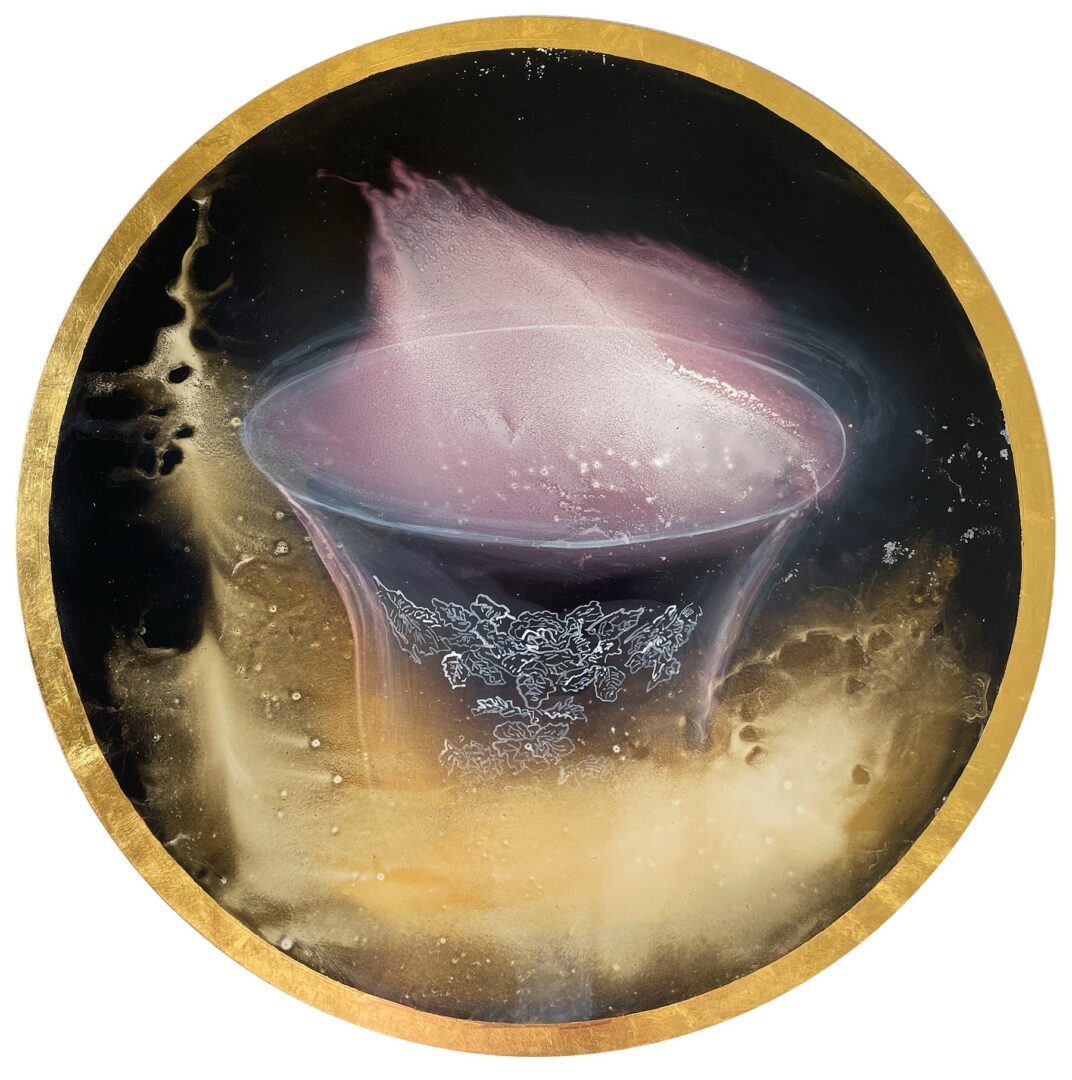
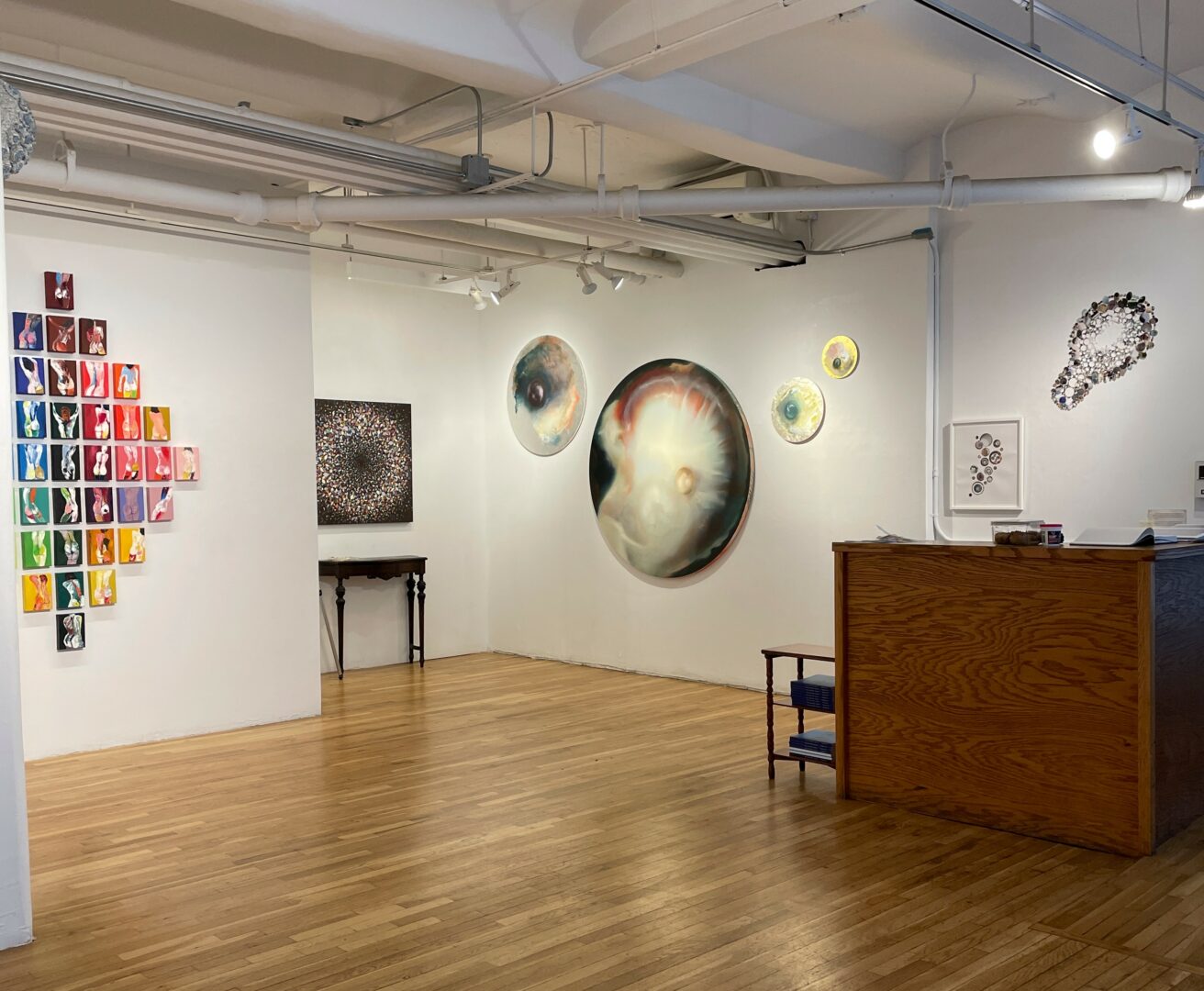
Image Credits
Portrait courtesy of Ania Fedisz.
Artwork images courtesy of the artist.
so if you or someone you know deserves recognition please let us know here.

